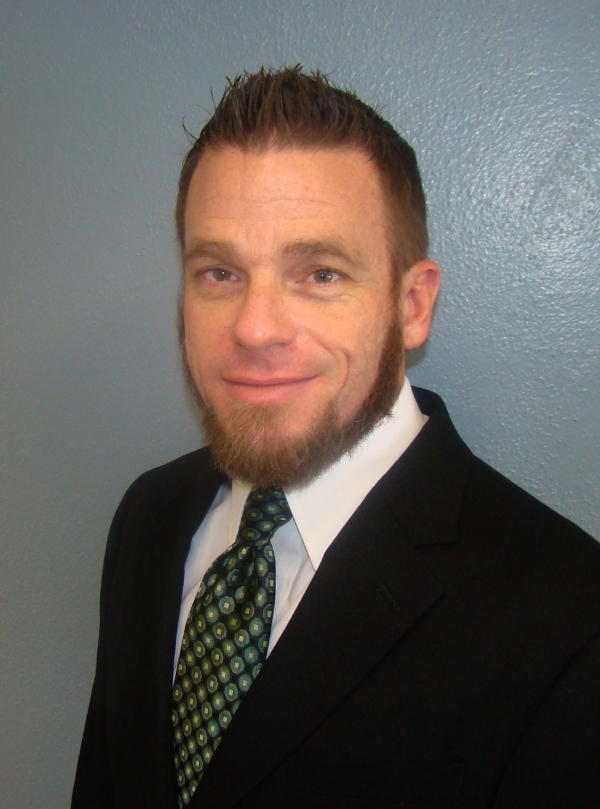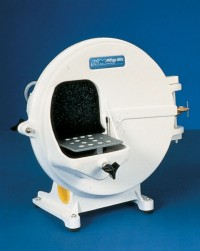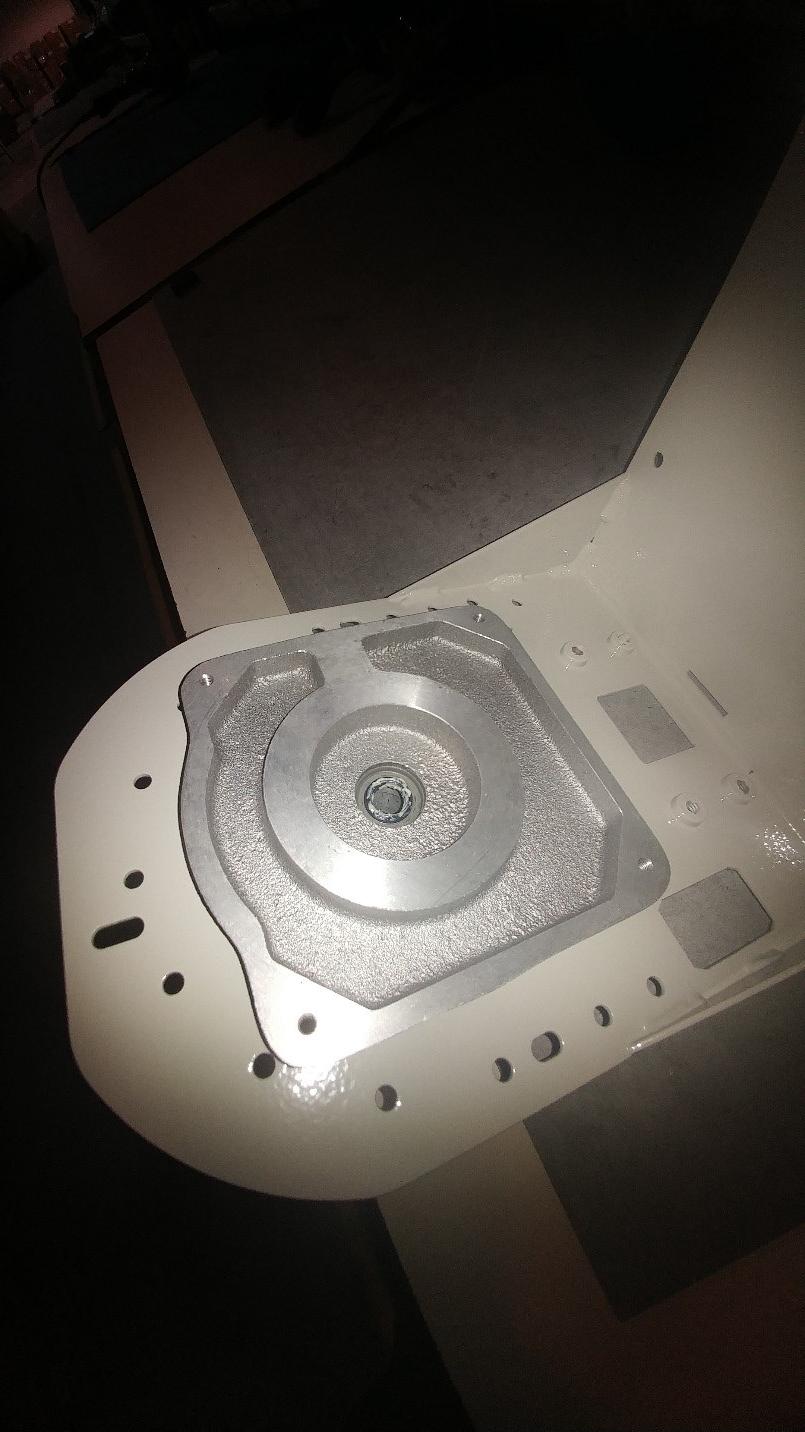BANG!! Not a sound we ever want to hear in the laboratory or the dental office. If you do, it generally means that something just went terribly wrong and hope that no one is hurt.
Every once in a while we hear that bang and it means that the carborundum model trimmer wheel has just come apart while in use; sometimes hurting fingers or possibly eyes and always scaring the user near to death!
What causes this?
The most common cause of this problem is simple, the model trimmer wheel is long past its wear life. Generally, this is more of a problem in the dental office than the laboratory, as the surfaces of these wheels do wear. The laboratory needs and recognizes the cutting efficiency every day, and have a tendency to use the entire surface of the wheel and then change them out on a regular basis. Unfortunately, this is not the case in many dental practices where the wheel is used in one area until dull then flipped over and then used on the other side in the same area.
By doing this, it causes a thin spot in the wheel near the center of the wheel’s rotation. Although the wheel is backed with a metal plate for support, the torque produced by the motor on the wheel and the drag produced at the thin area while grinding lets physics take over. The thin area of the wheel begins to flex with the heavy outer edge trying to pull it forward and BANG…it fractures. Not fun while the wheel is turning at 1725-1750 rpm. The resulting explosion of carborundum pieces can be very dangerous, especially if you are not wearing eye protection or using the safety shield.
How to prevent this from happening?
Carborundum is still the least expensive of the model trimmer wheels averaging less than $60.00, so a regular replacement of this wheel type should be planned. There are other options for your grinding, including peel and stick abrasive discs and the Diamond wheel. These wheels offer better protection from wheel explosion, but also have other care requirements which need to be followed.
As mentioned before, you should always be using eye protection and preferably the shield when using this type of equipment. Technical Support can help you determine which pieces of equipment are best for your type of practice and help you with additions to your current equipment.











Leave a comment